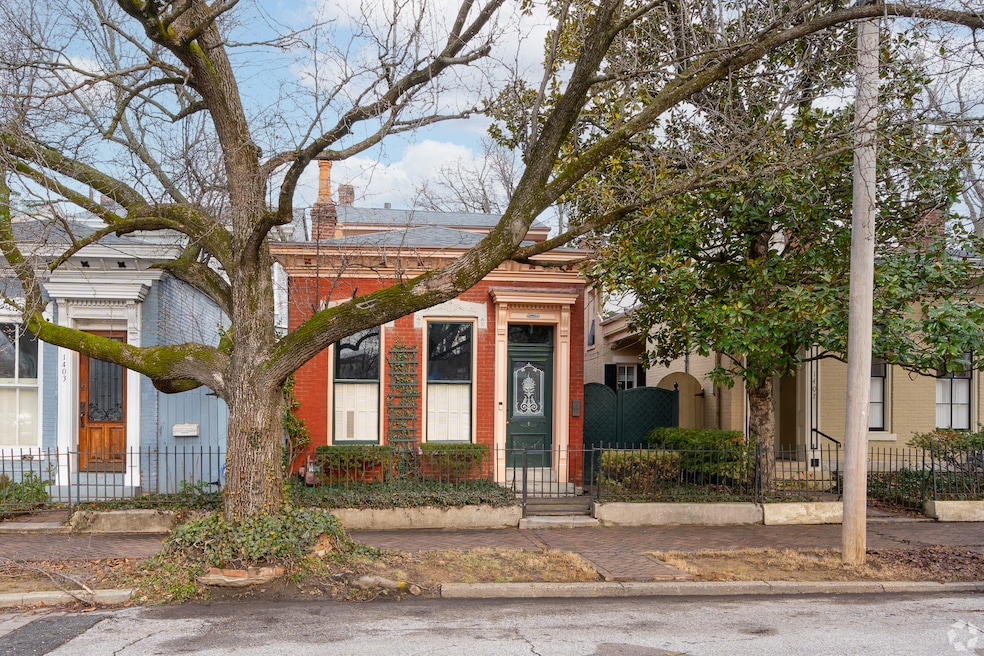Louisville, Kentucky, continues to be decidedly Midwestern when it comes to its housing market, with relatively low prices that attract homebuyers looking to live in a big city without losing their shirts.
The region that includes the state’s largest city recorded a median single-family home sale price of $279,000 in April, unchanged from a year earlier, according to Homes.com data. The U.S. Census-defined region includes the city of Louisville and several surrounding counties, including a few in southern Indiana. The median price for condos was $232,400, a 5.6% increase over the prior year, according to Erika Ludvigsen, the national director of residential analytics for Homes.com.
“Prices are still very affordable and we’re seeing some folks try to move here because it’s really in the middle of the country,” Jakeeva Lee, the Greater Louisville Association of Realtors CEO, said in an interview. “You can easily get here from larger markets like New York or Chicago or get to Florida.”
The Midwest is generally the nation’s most affordable region, the National Association of Realtors said in its April existing sales report. The median sales price in the Midwest in April was $313,300, while the South, the second-most affordable region, stood at $365,300. The national median price was $414,000.
Louisville and Lexington, the second-largest city in Kentucky one hour to the east, both saw increases in the number of existing single-family homes on the market in April and May, Ludvigsen said. However, sales were down slightly in the area in April, according to Lee’s organization. These trends are comparable to what’s happening nationally, as the spring buying season struggles to gain traction amid high mortgage rates.
In Louisville, the inventory of single-family houses for sale jumped 16% in May from one year earlier, according to Homes.com, while condo supply was up 12%. Lexington saw a 5% rise in single-family homes on the market in May and a 31% rise in condos.
Louisville has 628,000 residents while Lexington has about 320,000, according to Homes.com data. The cities have similar median household incomes, with Louisville just under $59,000 and Lexington, home of the University of Kentucky, at $63,000.
Louisville attracts homebuyers who want a little more land than they can afford elsewhere, Lee said. But the city is also drawing young people interested in living in or near the city’s downtown and who are sparking demand for townhouses or condos. Neighborhoods near the University of Louisville, three miles south of downtown, have the potential to retain recent graduates but need more small businesses such as restaurants, coffee shops and retail stores, Lee said.
Lee said her group has been working with the Building Industry Association of Greater Louisville and the Louisville Economic Development Alliance on legislation at the state level to make it easier for developers to meet the demand for new homes.
Besides its ideal Midwest location, Louisville has other draws for buyers, Lee said.
“They want a place that’s attractive to raise a family, that’s affordable, that has amenities they’re used to, and that is safe. Louisville has all of those things, so people are coming here from all over to buy a home.”

